
Many years ago after a scary few moments abbing off the South Face of the Midi with an original Black Diamond ATC and new skinny ropes, I bought one of the first generation of Petzl Reversos, looking for more friction. In this respect the Reverso was an improvement but it also had the added feature of being usable “guide style” for bringing up seconds directly from the belay.
This seemed great until one particular route and a partner who hadn’t been climbing regularly for a few years. He shouted up to me “I’m not going to do this. Can you lower me back down?” I looked up at the Reverso attached directly to slings around a stout tree and answered; “ermmm… I don’t think I can, you better keep trying.”
DMM's new belay device has just won an Industry Award at the OutDoor mega-show in Friedrichshafen, but what does a weekend punter make of it on the crags of the Peak District and Pembroke?
The DMM Pivot sets out to make sure that lowering in guide mode is never an issue, the pivoting loop central to its design means that releasing and lowering a locked-off second hanging on the rope below the device set up in guide mode is easy and secure. Previous guide-style plates have also had methods to do this; I used a BD ATC Guide for many years, with this you have to thread a sling through a little eyelet to make a handle to lower in guide mode. BD recommend backing up such lowers with an Italian hitch on a second fixed krab - safe but lots of hassle. I’ve also had a Petzl Reverso 3 where you use a krab in that eyelet to make a lever in order to lower a second in guide mode. The Edelrid Megajul, the device I have been using the most over the last year, uses the same approach but both of these can be a bit jerky and hard work to lower a second smoothly in comparison to the Pivot.
In this respect the Pivot is a real success, if you belay seconds in guide mode regularly - and perhaps even more importantly, you have to lower seconds that way - the Pivot is very worthy of your consideration. It is perfectly designed for that task and will make life easier, but what about all the other things that a belay device needs to do?
I have used it for belaying and abseiling with thin singles, fat singles, older fluffy double ropes, new slick double ropes; and I’ve fielded a number of decent falls with it. It is almost boring to say, but I can’t really think of anything about the DMM Pivot that I don’t like. It doesn’t seem to matter what rope or combination of ropes I use it with, it pays out smoothly and takes in in the same manner. It is not a fancy “assisted braking” style device like a Grigri or a Megajul, you need to belay in the safe normal manner with a hand on the dead rope that we are all taught, but when the leader needs loads of slack to desperately clip as quickly as possible, the Pivot does not have the tendency to lock up just when you don’t want it to as the aforementioned devices do!
Here is some video evidence that the Pivot works! Tony misreads the crux of the Millsom's Minion and gets fielded by me and the Pivot.
Overall I would heartily recommend the Pivot for just about any climbing except perhaps if you belay people working projects a lot, where obviously an assisted braking device is the best choice to hold people resting on the rope regularly. But, even for pure sport climbing, if a mate is going for a redpoint burn on their project and I want to give the perfect belay: quick to pay out for smooth clips, quick to take in excess slack, and confident to be able to catch big falls comfortably it is now the DMM Pivot that I will reach for. DMM do recommend using the Pivot with their newish Rhino HMS krab. I used it with DMM Belay Master HMS and some old Wild Country HMS because those are the krabs I have, but it worked flawlessly with both. The Rhino might be a great krab, but I wouldn’t worry too much about not having one if you do pick the Pivot.
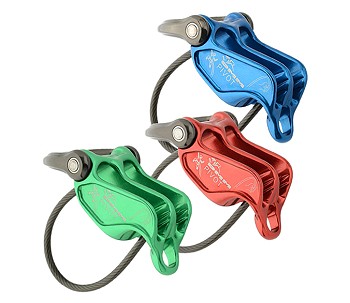
Versatile, functional and innovative the Pivot is a state-of-the-art belay device catering for modern belay techniques with the latest ropes.
It provides optimum performance both belaying from the harness and directly from the anchor in guide mode.
The unique pivot system (patent pending) allows controlled and easily initiated lowering when used in guide mode.
In this mode the Pivot allows the belayer to lower a single second or two seconds, simultaneously or individually, with total control using the specially shaped biner cavity.
The Pivot is also a trusty abseil partner for the return to base.
Features:
Ease of release under load in guide mode
Secure and confident rope control
Smooth action
Compatible with a wide range of ropes - half/twin: 7.3 - 9.2mm singles: 8.7 - 11mm
Conforms to the latest standard EN 15151-2
After many years living in sub-arctic Finland, Toby last year made the (for a climber) very unoriginal decision to move to Sheffield, where he now teaches. He is often to be found somewhere on the Eastern grit edges, or even occasionally on Peak District limestone. He considers himself to be among the three leading world experts on converting Finnish grades to UK grades... as long as it's not harder than E2.
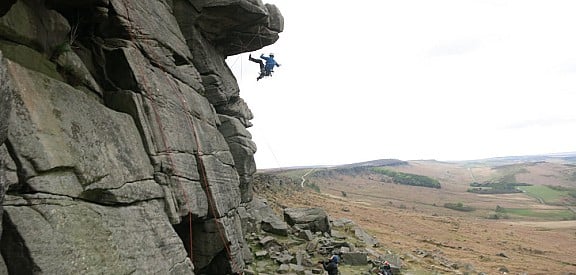
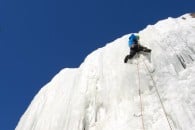

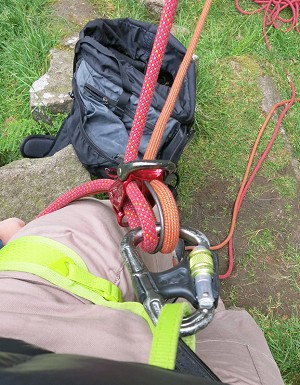
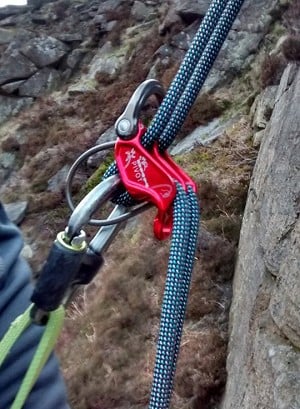
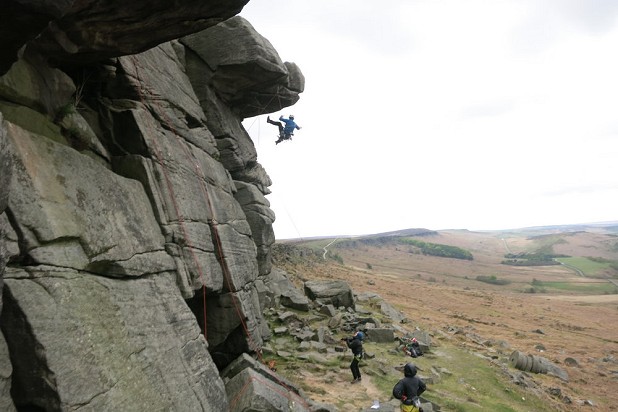

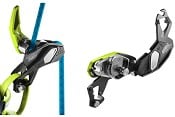
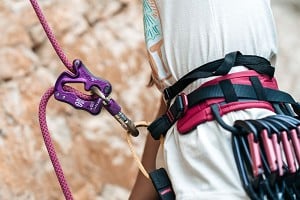
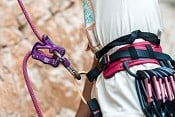
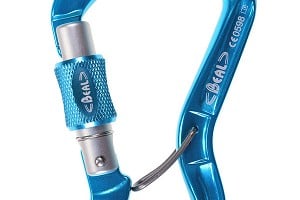
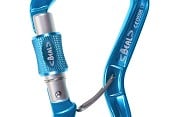
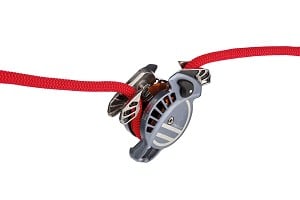
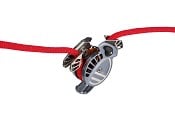
Comments